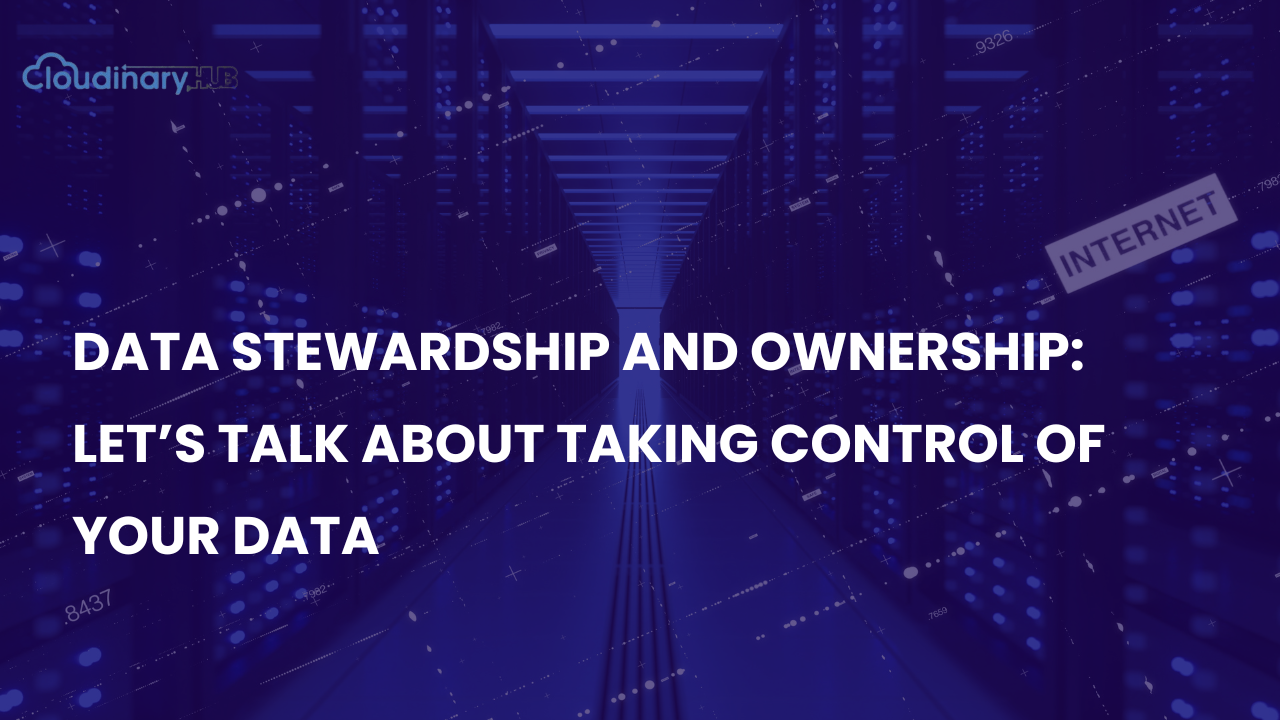Let’s talk about data—yeah, that stuff businesses can’t live without. Think about it: every interaction, every click, every transaction—it’s all data. But here’s the million-dollar question: who actually owns it, and who’s responsible for keeping it safe?
If you’re in the SaaS world, or really any business dealing with data, you’ve probably asked yourself this at some point. So, let’s break it down in a way that makes sense and helps you take actionable steps toward better data management.
The Big Question: Who Owns the Data?
Imagine this: You run a growing SaaS company, and you collect heaps of customer data. One day, there’s a breach, and now you’re facing lawsuits and a PR nightmare. You start wondering—who actually owns this data? And more importantly, who should be responsible for protecting it?
Data ownership isn’t just about control; it’s about accountability. Here’s a quick breakdown of what ownership really means:
| Aspect | What It Means |
| Legal Rights | Who has the legal authority to use and distribute the data? |
| Accountability | Who is responsible if something goes wrong? |
| Access Control | Who can access and modify the data? |
| Compliance | Who ensures the data meets regulations like GDPR and CCPA? |
In most cases, businesses collect and manage data, but individuals (customers, employees, etc.) also have rights over their personal information. That’s why regulations exist—to make sure companies aren’t running wild with user data.
Stewardship: The Guardians of Data
Now, let’s talk about data stewardship—because owning data is one thing, but managing it properly? That’s a whole different ball game.
Think of data stewardship like maintaining a garden. You don’t just plant seeds (collect data) and walk away. You need to water the plants, remove weeds, and ensure everything is thriving (protecting, organizing, and securing data).
A great data steward does the following:
- Ensures data accuracy (No one wants to rely on outdated or incorrect data.)
- Implements security measures (Data breaches? No, thank you!)
- Manages access (Not everyone should have the keys to the kingdom.)
- Fosters ethical usage (No shady business with data—transparency is key!)
Here’s a look at how ownership and stewardship differ:
| Ownership | Stewardship |
| Defines rights and responsibilities | Ensures proper management and security |
| Answers “Who owns this data?” | Answers “How do we protect and use this data responsibly?” |
| More about legal and compliance aspects | More about operational and ethical practices |
Having clear stewardship in place means businesses can avoid messy situations where data is misused, lost, or compromised. And trust me, your customers (and regulators) will thank you for it.
Actionable Steps: How to Take Control of Your Data
Alright, let’s get practical. Here’s what you can do right now to improve data ownership and stewardship in your company:
1. Define Ownership Clearly
- Identify who owns different types of data.
- Document policies around data access and usage.
- Ensure compliance with industry regulations.
2. Assign Data Stewards
- Designate individuals responsible for governance.
- Provide training on best practices and security measures.
3. Implement Robust Security Measures
- Use encryption, multi-factor authentication, and regular backups.
- Continuously update security policies.
4. Build a Data-Driven Culture
- Educate employees on the importance of responsible data management.
- Foster transparency and ethical data practices.
5. Conduct Regular Audits
- Monitor data quality, security, and compliance.
- Adapt and refine policies as needed.
Final Thoughts
Here’s the thing—data isn’t just some numbers on a spreadsheet. It’s the backbone of modern business. And when managed well, it’s a powerhouse for growth, trust, and innovation.
So, are you ready to take control of your data? Start small, make strategic changes, and commit to responsible data management. Your future self (and your customers) will thank you.

